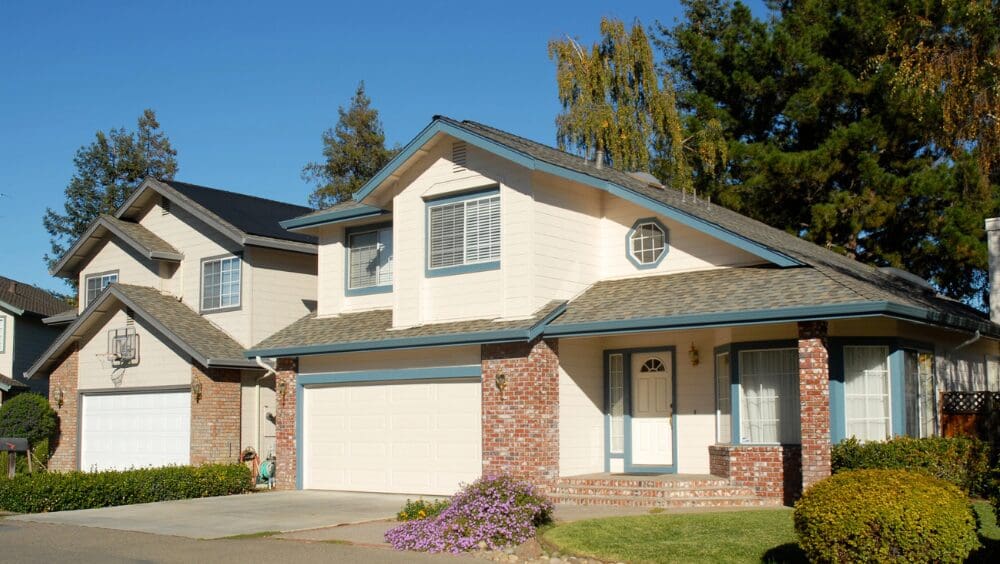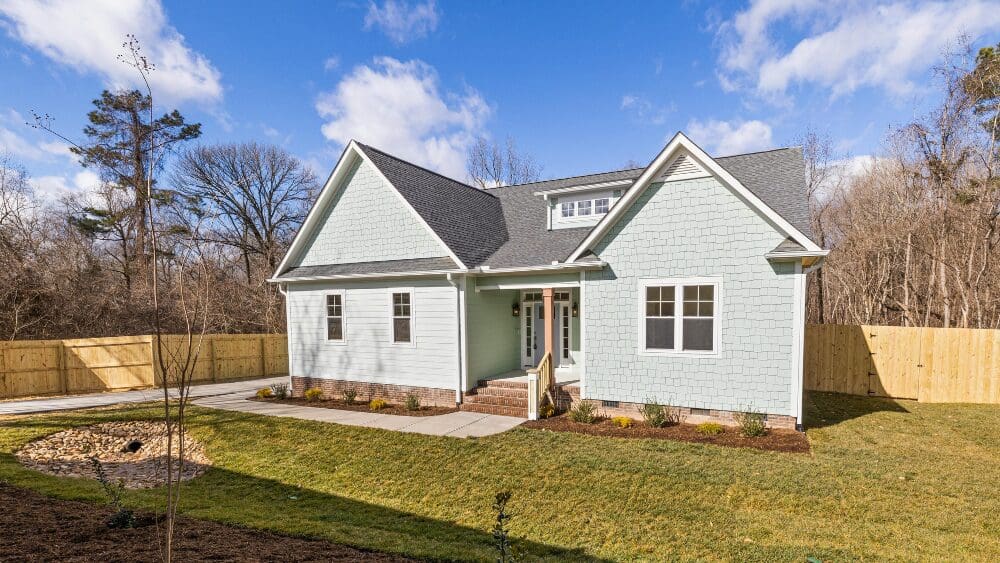
Purchasing a home in San Francisco when trying to sell your current one can be a nightmare, especially when trying to sell your current home when purchasing a new one. This can be even tougher in a city where the inventory is low, and prices are high. You might think your only choice is to sell your home, move out, and then scramble to find a new one, but there’s an alternative you likely haven’t considered — a bridge loan. A bridge loan is a short-term financing option that allows you to buy a new home before selling your current one. This can be a vital tool in a market like San Francisco, where every minute counts. In this blog post, we’ll guide you through the ins and outs of bridge loans and how they can be the key to unlocking your real estate goals. A bridge loan can be a financial life raft, helping you navigate the income gap between buying a new home and selling your current one. Consider it a temporary funding source that taps into your existing home’s equity. This loan provides you with the cash needed for a down payment and to cover the closing costs of your new home. Bridge loans are typically more expensive than traditional mortgages due to their convenience and quick availability. They are designed as a short-term solution, allowing you to move forward with your new purchase without having to wait for your old home to sell. In San Francisco’s competitive real estate landscape, a bridge loan often comes into play when you find your dream home but haven’t sold your current one yet. Using your existing home’s equity, a bridge loan covers your new property’s down payment and closing costs. The lender for your new mortgage will usually handle the bridge loan. They usually require your current home to be on the market and offer bridge loans for up to a year. A critical factor in this process is your debt-to-income ratio (DTI), which will include payments for your existing mortgage, the new one, and the bridge loan. However, if your old home is already under contract with a confirmed buyer, lenders might consider only your new mortgage in the DTI calculation. The lender does this to ensure that you’re financially capable of managing payments on both properties if your old home doesn’t sell immediately. Bridge loans in San Francisco offer several benefits, making them an appealing option for homeowners: These benefits make bridge loans an attractive choice for San Francisco buyers needing quick access to funds before selling their previous home, enabling them to settle their bridge loan using the sale proceeds. While bridge loans can be a boon in certain scenarios, they come with their own set of challenges: Additionally, lenders consider the equity in your current home to determine your borrowing limit. Qualifying for a bridge loan may be difficult if you owe more than 80% of your home’s value. A bridge loan isn’t a one-size-fits-all solution. Still, it can be ideal in certain situations:What is a bridge loan, in simple words?
How does a bridge loan work in San Francisco?
What are the benefits of a bridge loan in San Francisco?
What are the drawbacks of a bridge loan?
When is a bridge loan a good solution?



